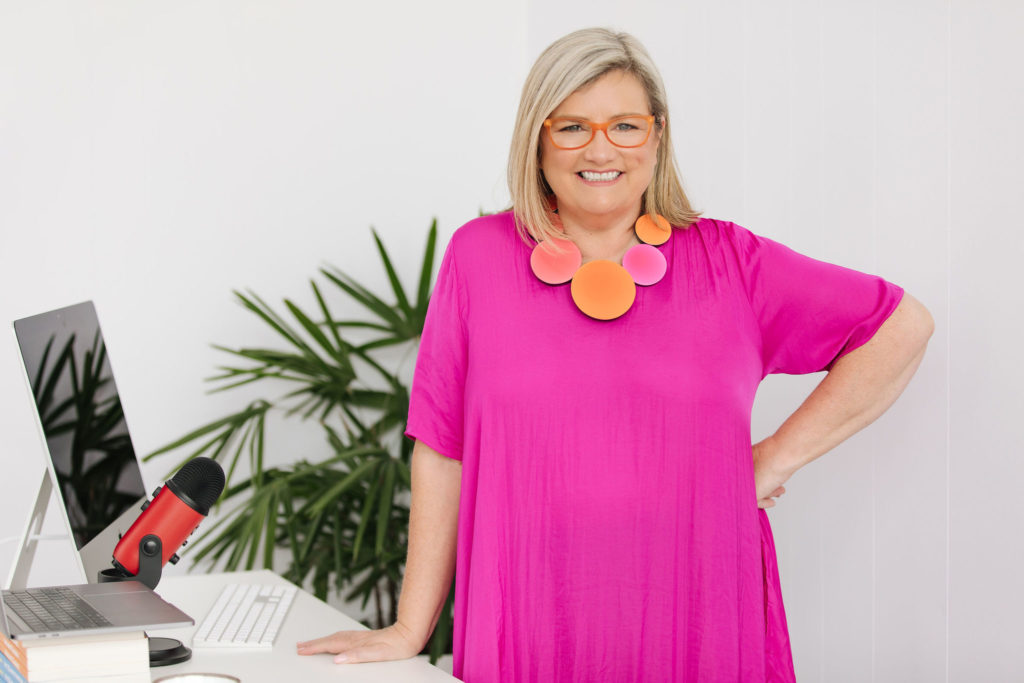
- Author: Donna McGeorge
- Posted: June 22, 2022
Adaptive Capacity: Giving CFOs the Space to Pause, Think & Respond
As a productivity expert and author, I frequently get asked for hacks, tips and tricks so that people can get more done in their day. The big surprise comes when I say that productivity is more often than not space to think, more than getting things done.
Resources and energy are needed for growth; this applies to pretty much any area of our world where we want to grow or get better. It is true for communities, for individuals and for the natural environment. And I’m not just referring to physical growth. I’m also talking about emotional and intellectual growth. In science, this is referred to as a finite-time singularity.
In a nutshell, unbounded growth demands either infinite resources and energy or a major paradigm shift. Without either, collapse is inevitable. So tell me, how much longer can you go on before you exhaust your resources and energy, or you undertake a paradigm shift?
Adaptive Capacity
Broadly, and more scientifically, adaptive capacity can be described as the ability or capacity of a system to modify or change its characteristics or behaviour in response to existing or anticipated external stresses. The term is used often to describe adaptations to climate change.
This is not new thinking. Darwin’s theory of natural selection argues that a species’ adaptive capacity influences the extent to which it is able to adapt and thrive in a changed environment.
For our purposes, it simply points to whether we have the mental, physical and temporal space to respond positively when things don’t go according to plan, and even to seize opportunities that may exist as a result of new conditions.
Too many of us spend our days in back-to-back meetings and then end up having to do our “real work” after hours or in the gaps. When do we make the space to think, be strategic and forward plan?
Build in a margin
Think about your eight-hour workday. (You might think I’m dreaming but stay with me on this.) Your eight hours are your total capacity. If you plan to use all those working hours, you aren’t leaving yourself any margin.
What do you need a margin for? Think about the last time you put your head down to focus on getting something done. How many times were you interrupted? And how much longer did it take to complete what you needed to do? How often do we truly do eight hours of solid work in an eight-hour time frame?
That’s why we need a margin. If we plan to operate at 85 per cent capacity, we would be doing just under seven hours’ work in an eight-hour day. That way, if something unexpected comes up (and it will) we can handle it.
The more we become conscious of our own working styles and the volume of work we need to complete, the more we become conscious of our capacity and what our margins are, and the less likely we are to fall for the planning fallacy (underestimating how long things take to do).
A 15 per cent margin gives you the space and additional resources to avoid burnout and take care of yourself.
Stop, Take Stock and Decide
When was the last time you had ‘free time’ in your diary? Most of the time we end up with a bit of free space by accident when an appointment is cancelled. And how good does that feel? Blocking time out doesn’t mean you do nothing; it means you decide what you want to do.
So, stop right now and . . .
- Book a 1-hour meeting with yourself every day and protect that time like it’s the most important meeting of the day. (Because it is).
- Do something in that 1 hour that your future self will thank you for
This time is for what you want to do. You are not beholden to anyone, and you don’t have to have your game face on. Practicing this will help you shift from reacting to what has to be done right now, urgently, to being proactive and planning ahead.
About the Author –

Donna McGeorge is a best-selling author and global authority on productivity. Her book series, It’s About time covers meetings, structing your day, and doing more with less is available in bookstores around Australia or can be ordered online via Donna’s website: www.donnamcgeorge.com








